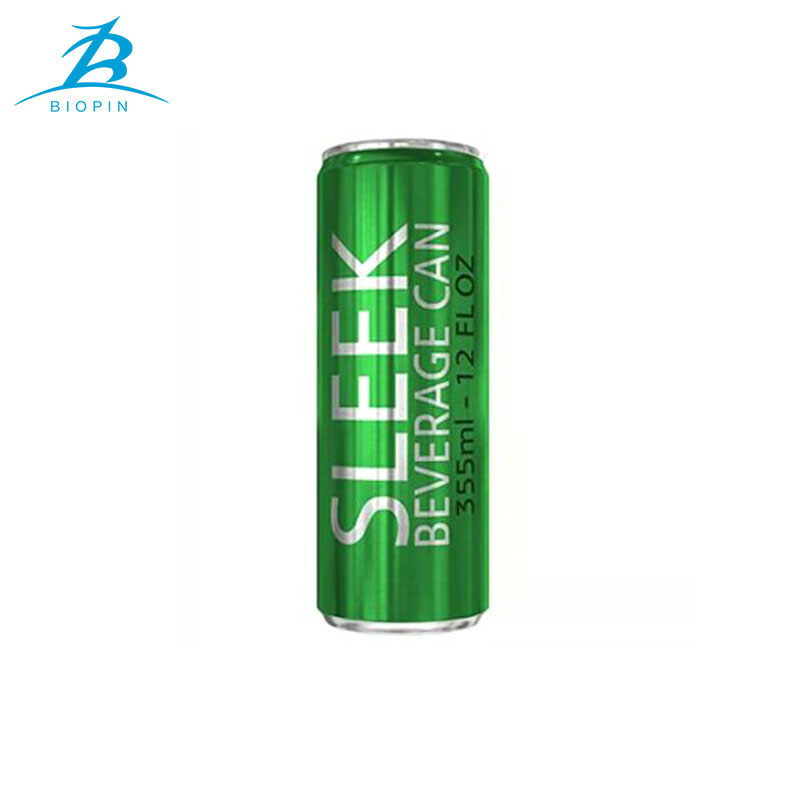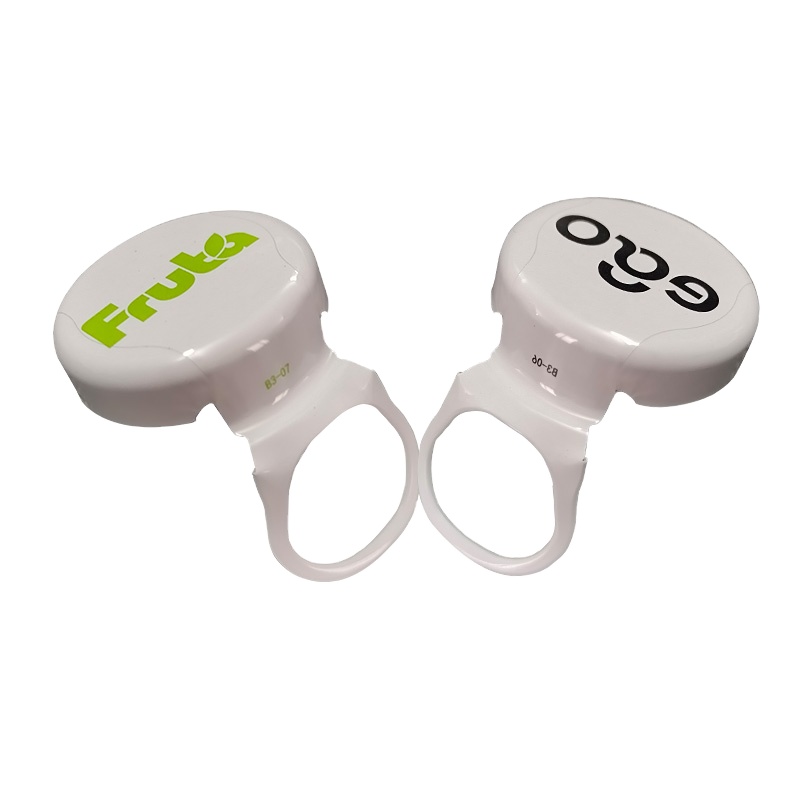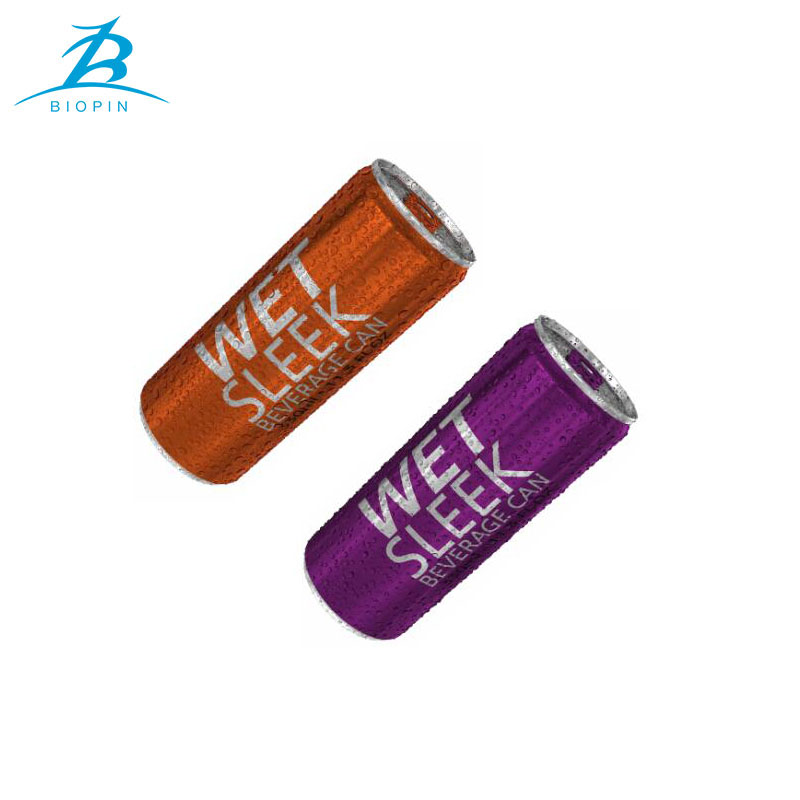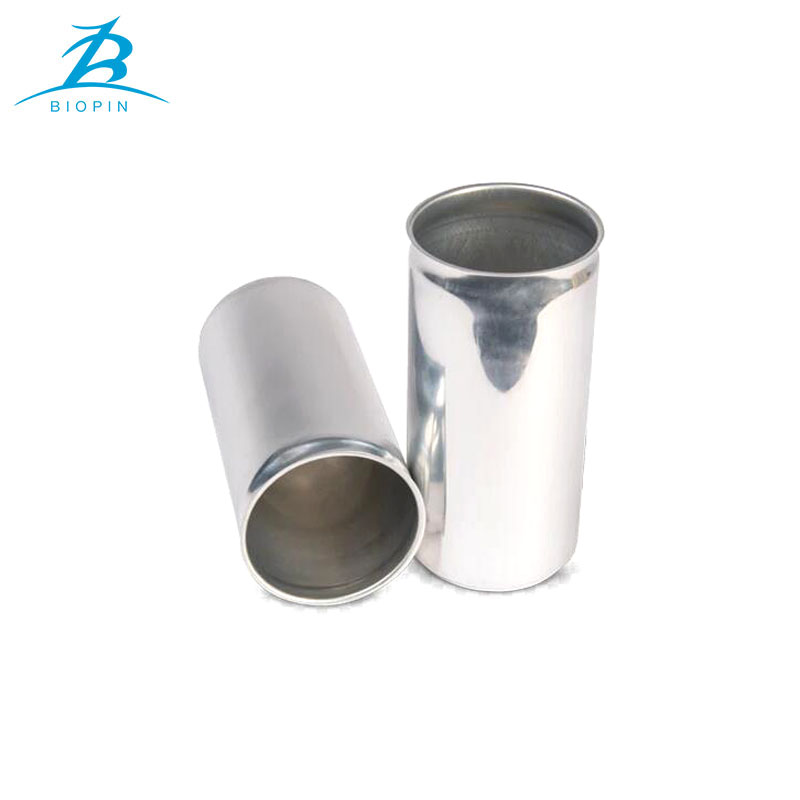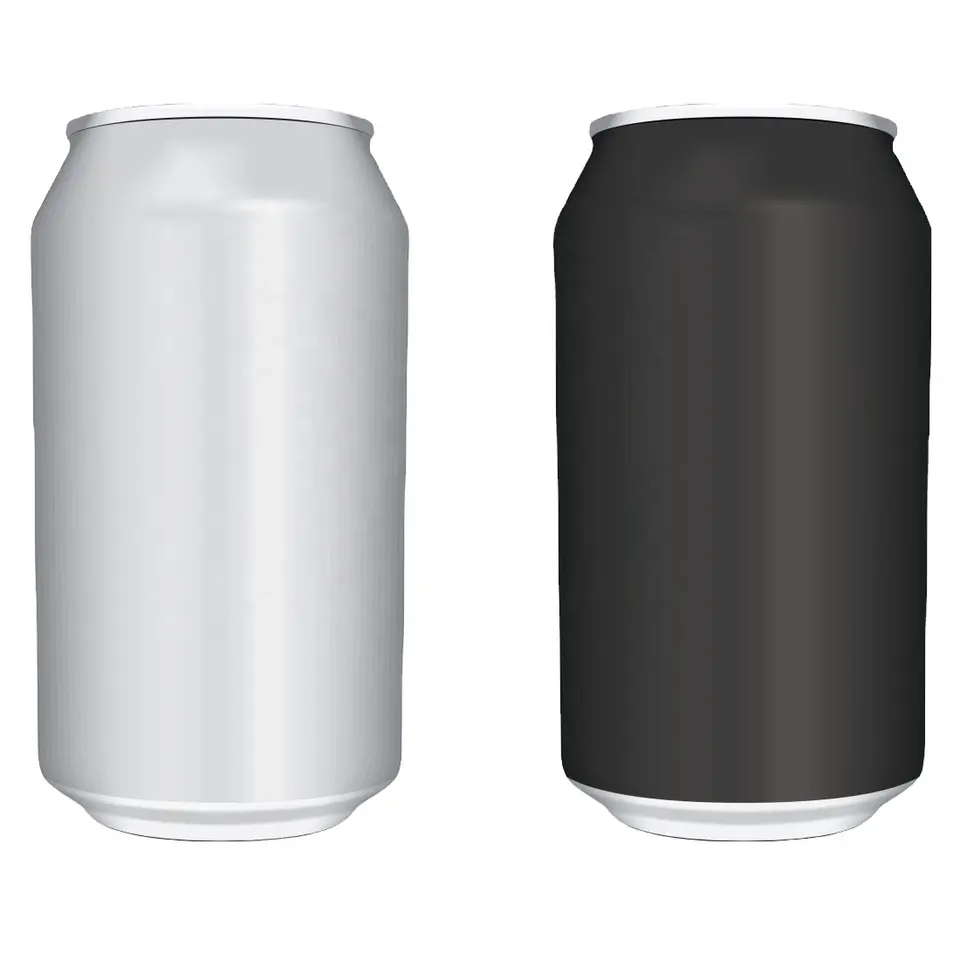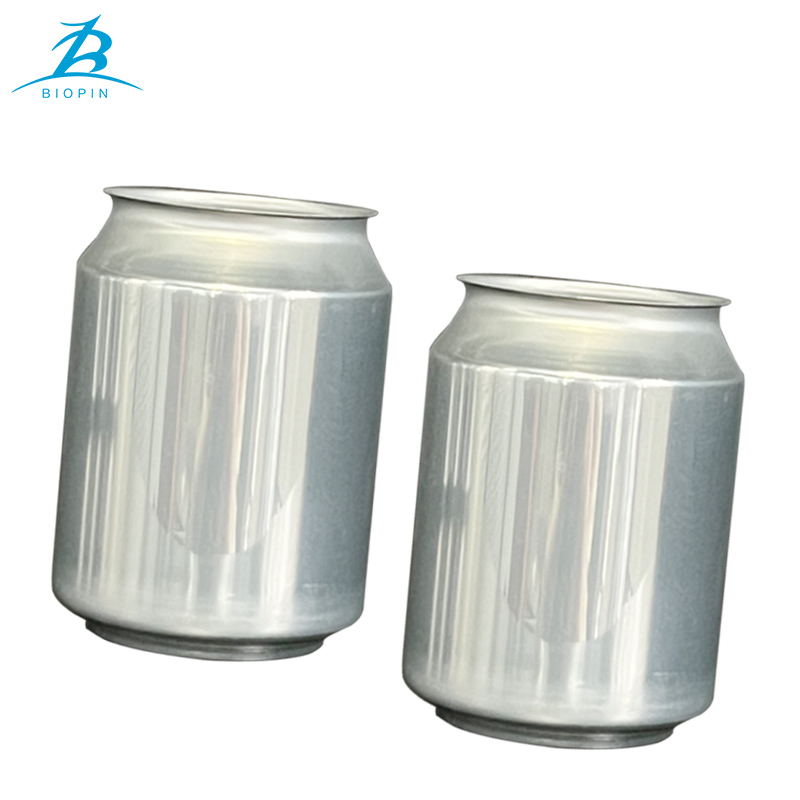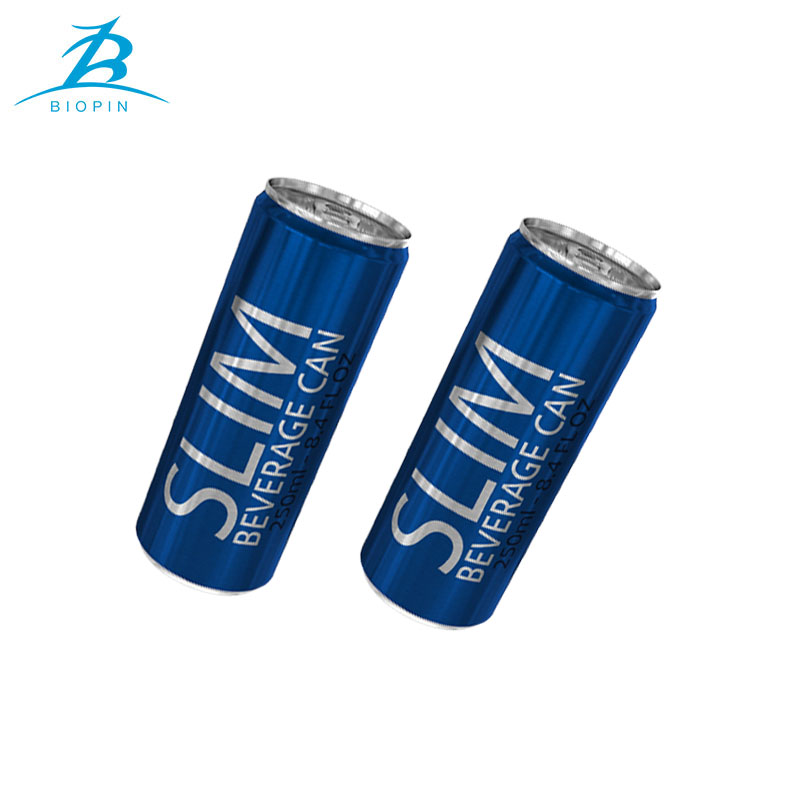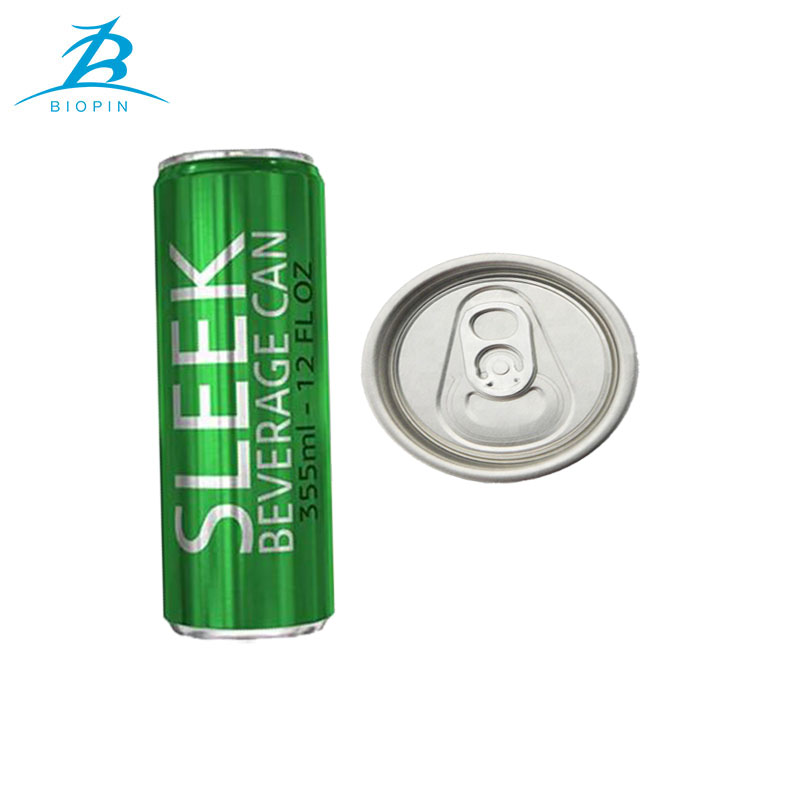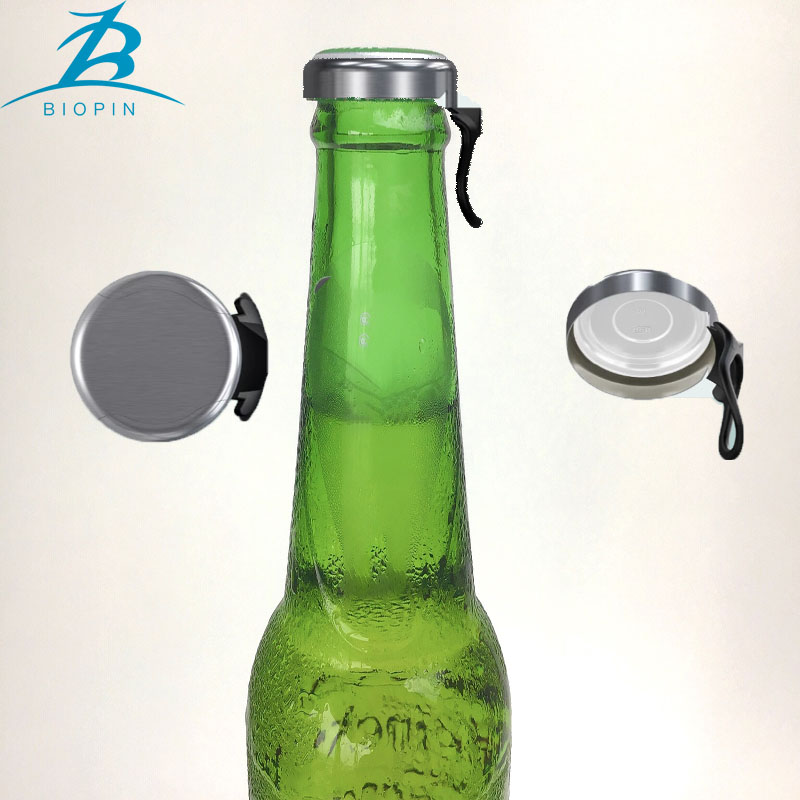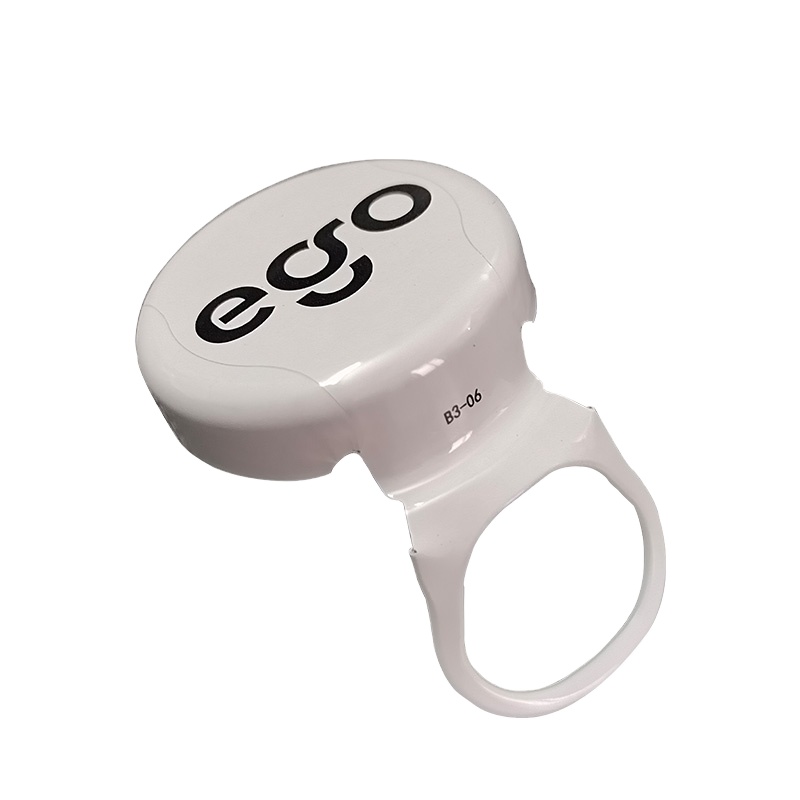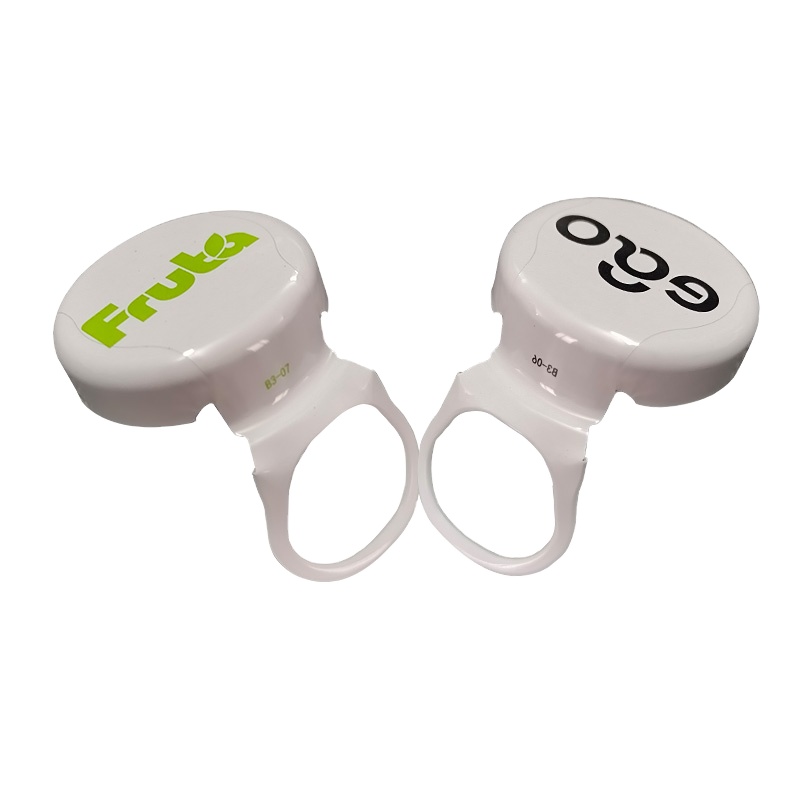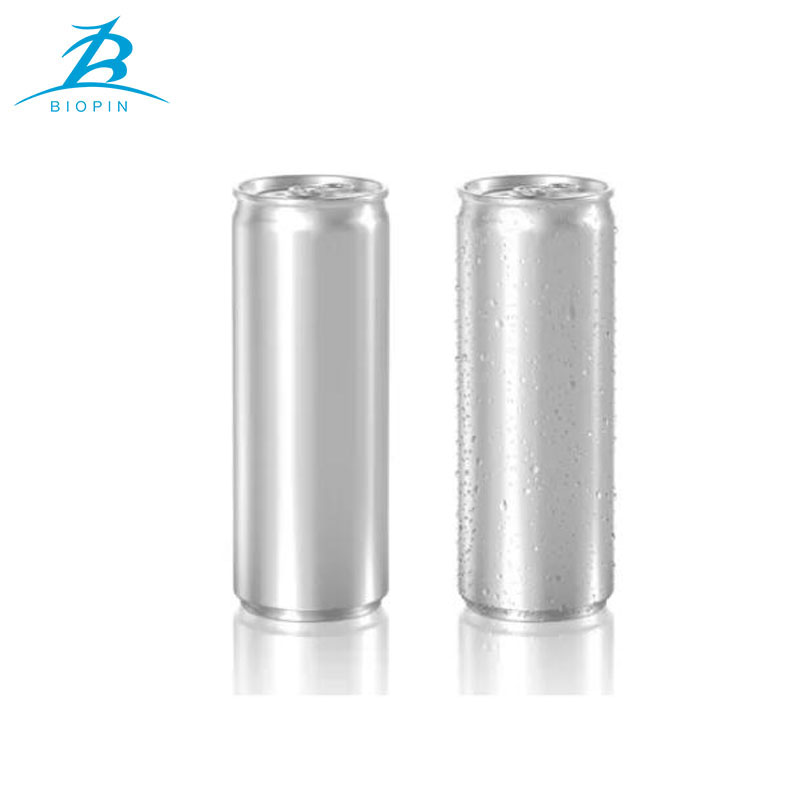Why the Craft Beverage Industry is Choosing Cans over Bottles
Jan 10, 2025
In recent years, the craft beverage industry has been undergoing a significant shift in packaging preferences, with a growing number of producers choosing aluminum beverage cans over traditional plastic bottles. This trend has been driven by several key factors, including sustainability, consumer preferences, and marketing advantages. In this article, we will explore the reasons behind this shift highlight the benefits of aluminum cans for craft beverage producers.
One of the primary reasons for the rising popularity of aluminum beverage cans is their superior sustainability compared to plastic bottles. Aluminum is a highly recyclable material, with recycling rates surpassing those of plastic. By using aluminum cans, craft beverage producers can contribute to reducing environmental waste and promote a circular economy. Additionally, aluminum cans have a lower carbon footprint than plastic bottles, further enhancing their eco-friendly appeal.
Consumer preferences have also played a significant role in the industry's adoption of aluminum drink cans. Many consumers today prioritize convenience, portability, and recyclability. Aluminum cans excel in these areas by being lightweight and easy to transport, making them ideal for outdoor events, picnics, and other social gatherings. The ability to seal and reseal cans also ensures product freshness and minimizes the risk of spills, enhancing the overall consumer experience.
Beyond sustainability and consumer preferences, aluminum cans offer various marketing advantages for craft beverage producers. Aluminum cans provide a larger canvas for eye-catching designs and artwork, helping beverages stand out on store shelves and attracting potential customers. Additionally, cans are less prone to damage during transportation and storage, preserving the product's integrity and maintaining a consistent brand image.
Anhui Biopin Group, a leading provider of aluminum cans, plays a pivotal role in supporting craft beverage producers' transition from plastic bottles. The company offers a wide range of high-quality aluminum beverage cans that meet the industry's strict standards. With their durable construction and innovative designs, Anhui Biopin Group's aluminum cans enhance product appeal while keeping beverages fresh and protected.
In addition to their exceptional products, Anhui Biopin Group provides outstanding service advantages to its customers. The company offers tailored solutions, including custom printing and branding options, to help craft beverage producers establish a unique identity in the market. Their efficient supply chain management ensures timely deliveries, enabling producers to meet customer demands effectively.
The craft beverage industry's increasing preference for aluminum cans over plastic bottles can be attributed to the sustainability, consumer preferences, and marketing benefits they offer. With their recyclability, convenience, and eye-catching designs, aluminum drink cans have become a symbol of quality and environmental consciousness. Anhui Biopin Group, with its exceptional products and customer-centric services, has emerged as a strategic partner for craft beverage producers seeking to make the transition to aluminum cans. By embracing this packaging choice, craft beverage producers can appeal to a wider audience, enhance their brand image, and contribute positively to a sustainable future.
